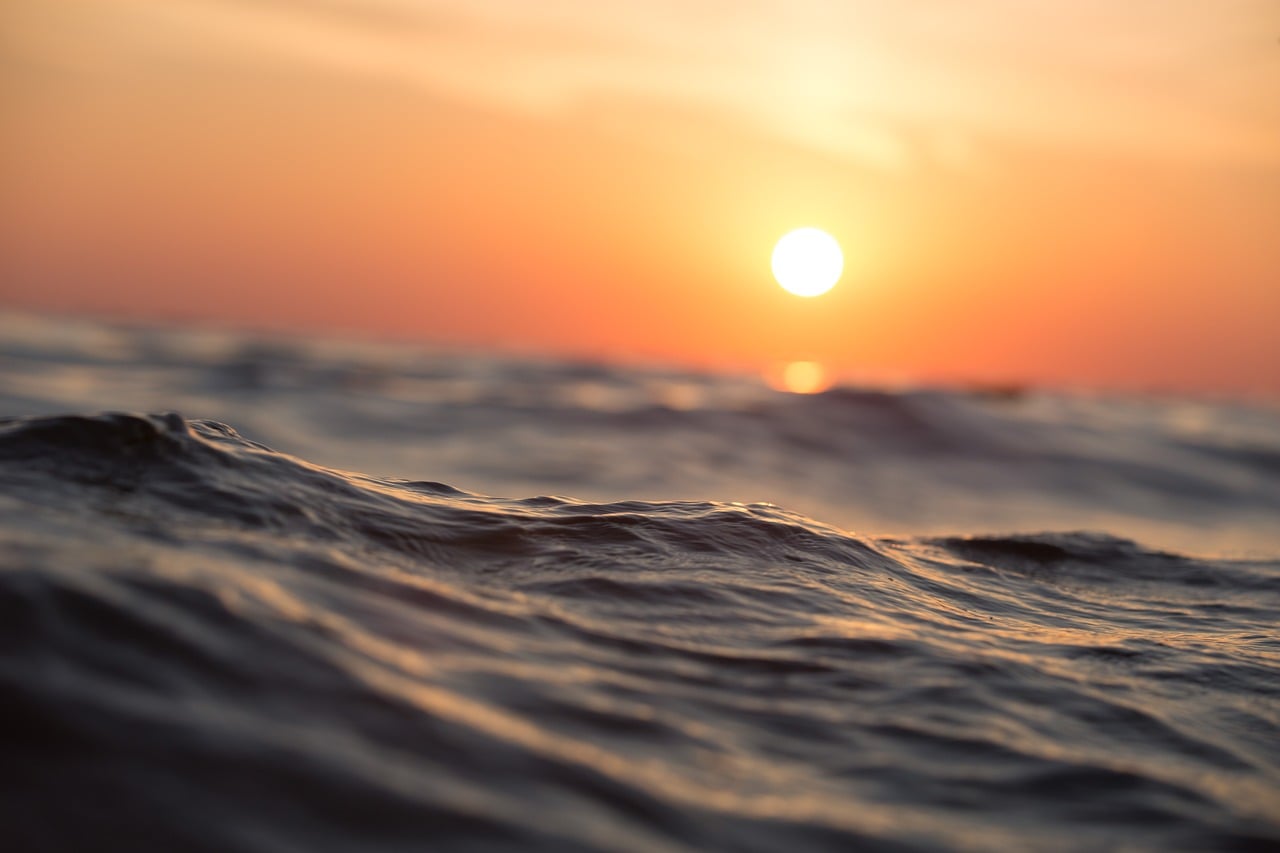An international team of scientists found that the Atlantic meridional overturning circulation (MOC), a process occurring deep in the ocean, is driven by cooling waters coming from the current west of Europe. That said, scientists could use the knowledge from this study of ocean waters overturning to fight and regulate climate change.
The new study looks at the overturning as well as its variability, and found that most of the process is not only occurring in the Labrador Sea off Canada, as previous studies were thought to have shown. The study shows that the overturning current is more active in the regions between Greenland and Scotland.
The warm, salty water of the currents which are carried north from warmer environments, sinks and turns into cooler water which then moves south through the deep Irminger and Iceland basins. This ocean water overturning process helps to regulate the Earth’s climate.
Scientists found that the overturning variability in the part of the ocean between Greenland and Scotland was seven times greater compared to the Labrador Sea area, being 88% of the total variance which was studied across the North Atlantic over the course of 21 months. According to Susan Lozier, the Ronie-Rochele Garcia-Johnson Professor of Earth and Ocean Sciences at Duke’s University, these changes will help scientists understand how MOC works and what impact on climate and climate change it will have in the future.
“To aid predictions of climate in the years and decades ahead, we need to know where this deep overturning is currently taking place and what is causing it to vary,” said Lozier in a statement, who led the international observational study that produced the new data.
“Overturning carries vast amounts of anthropogenic carbon deep into the ocean, helping to slow global warming,” co-author Penny Holliday of the National Oceanography Center in Southampton, U.K. said in the statement.”The largest reservoir of this anthropogenic carbon is in the North Atlantic.”
This study which was published today in the journal Science gathered scientists from 16 research institutions from seven countries.
“I cannot say enough about the importance of this international collaboration to the success of this project,” Lozier said. “Measuring the circulation in the subpolar North Atlantic is incredibly challenging so we definitely needed an ‘all hands on deck’ approach.”
The paper is just the beginning of the $32 million five-year phase of the OSNAP (Overturning in the Subpolar North Atlantic Program) research project. Scientists have used various instruments to monitor and measure the overturning circulation in the ocean. The project started in 2014, and is estimated to uncover a lot more information about the overturning circulation variations and how it affects and regulates climate and climate change.
The scientific paper involves data which was gathered over a 21-month time period, between August 2014 and April 2016.





